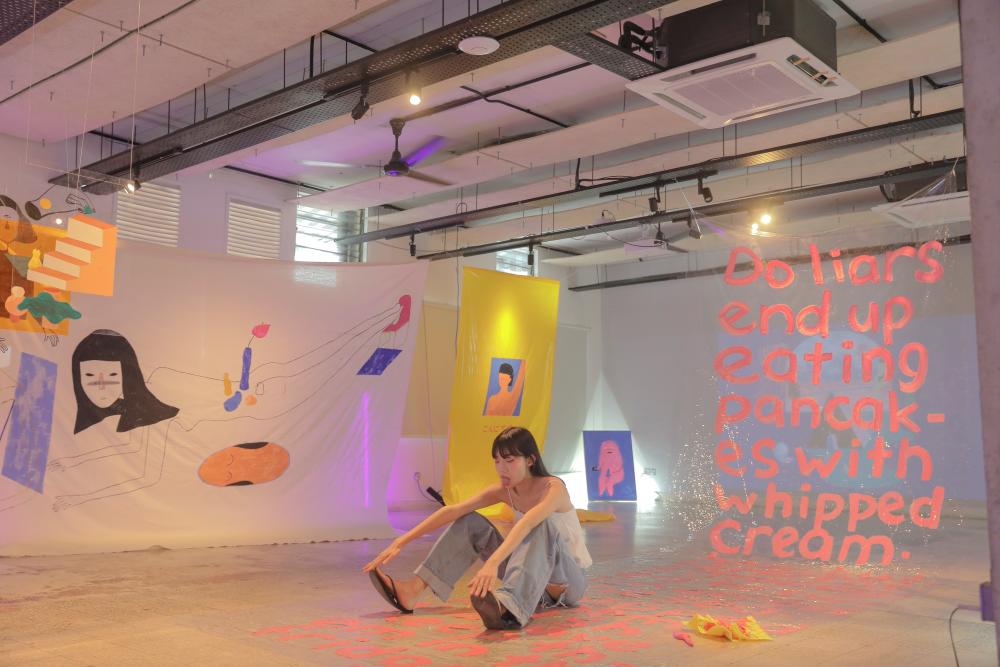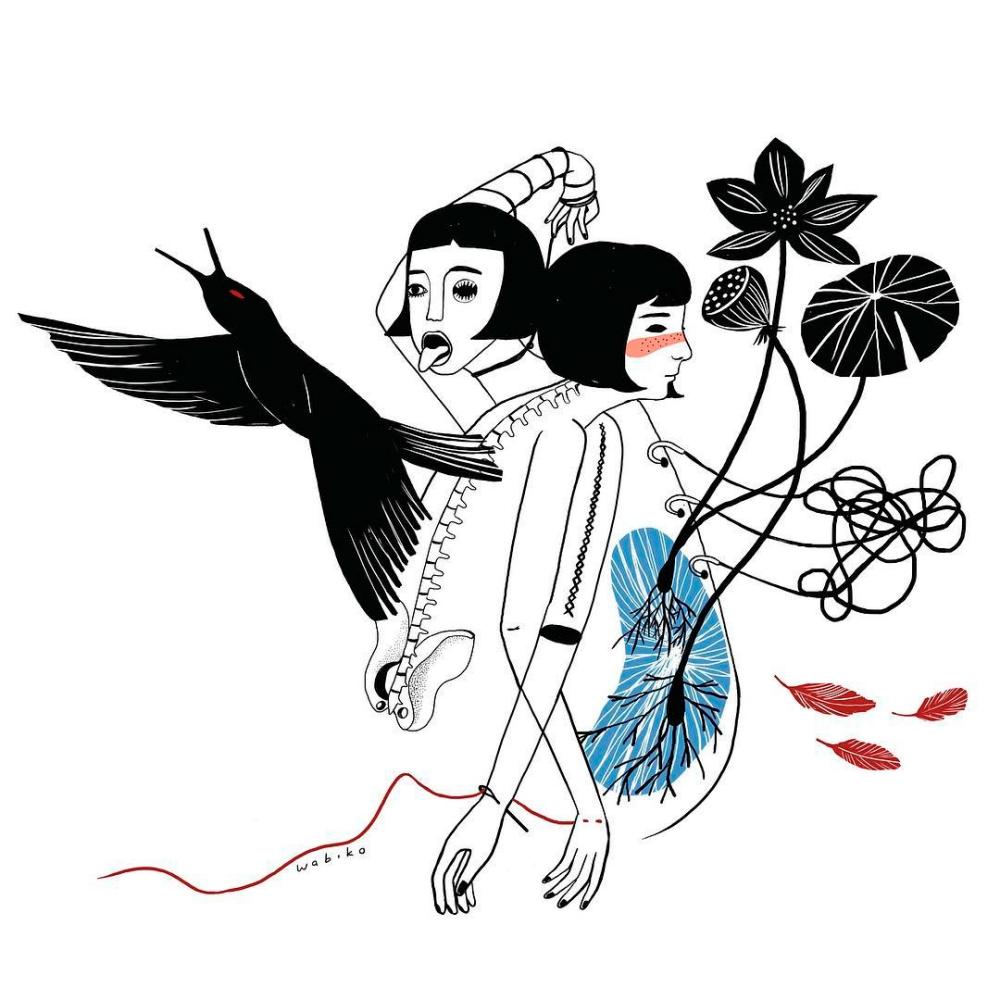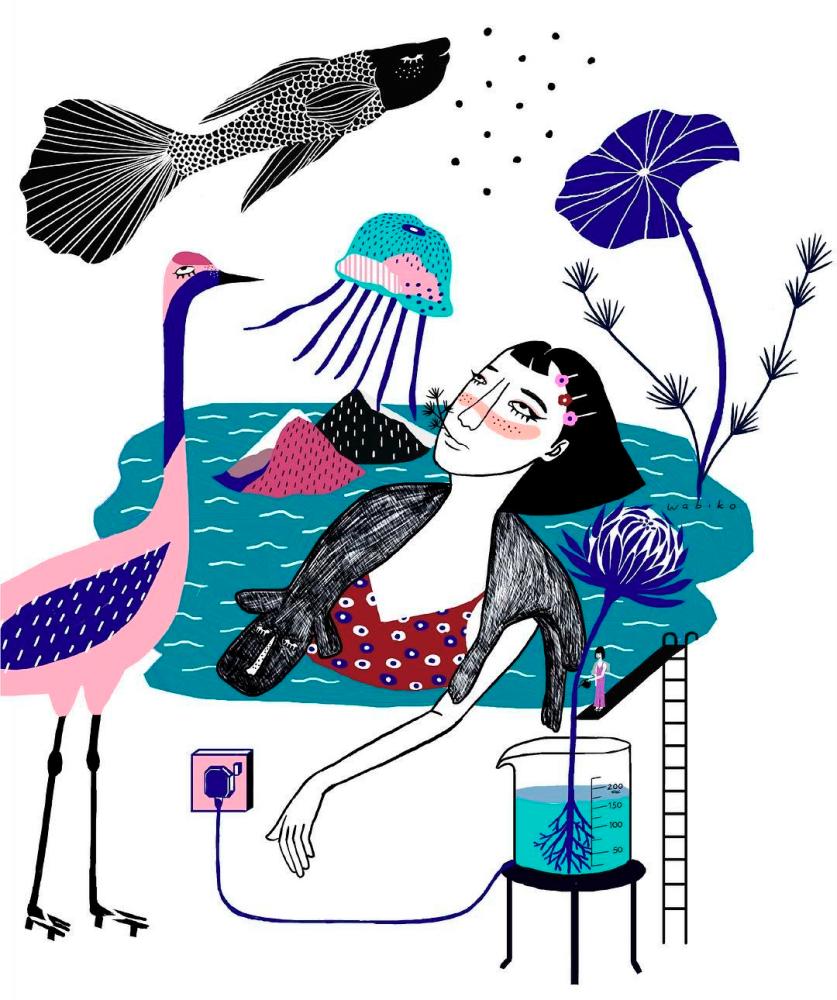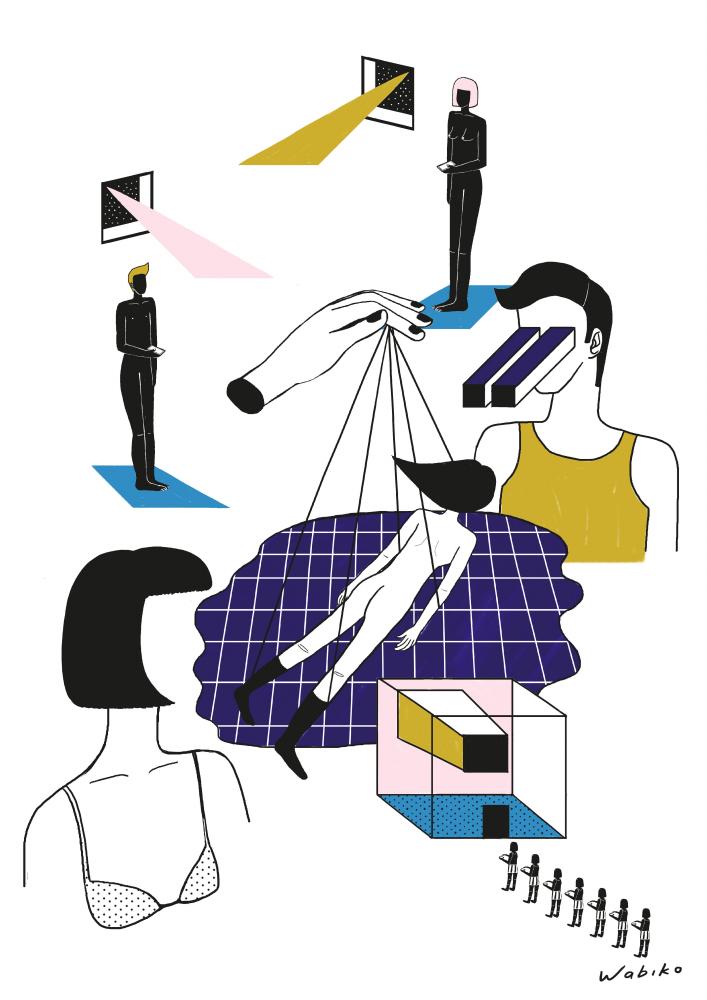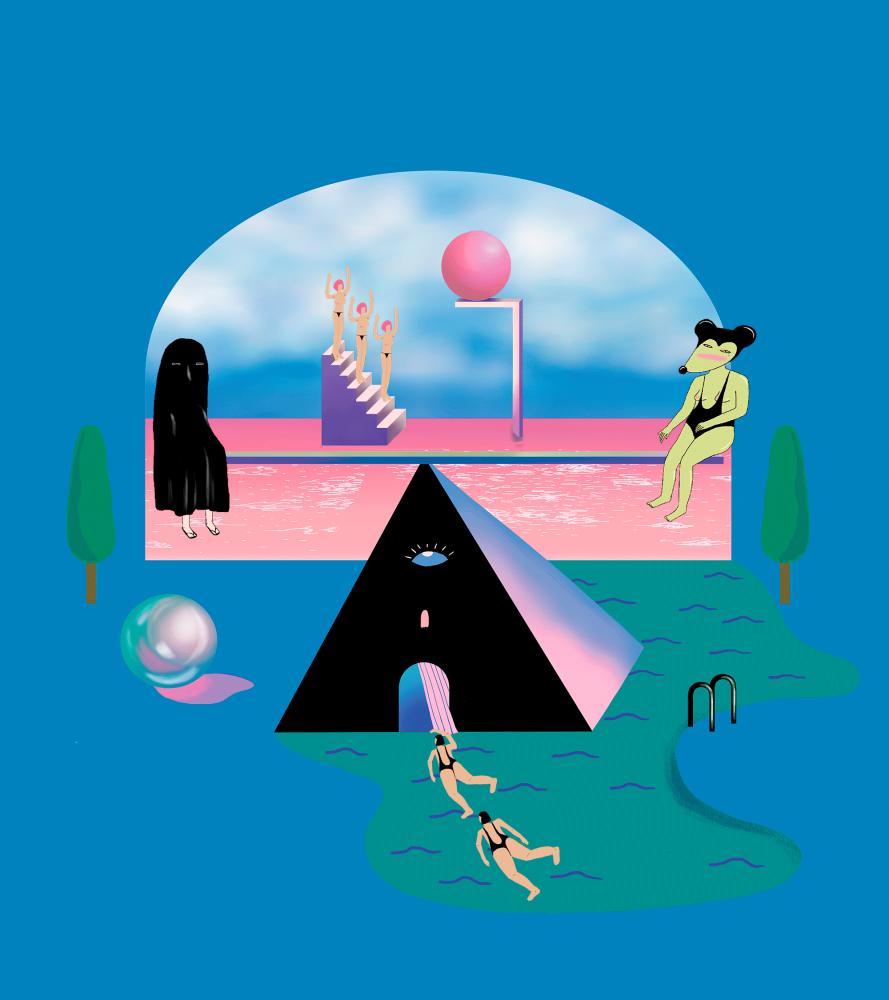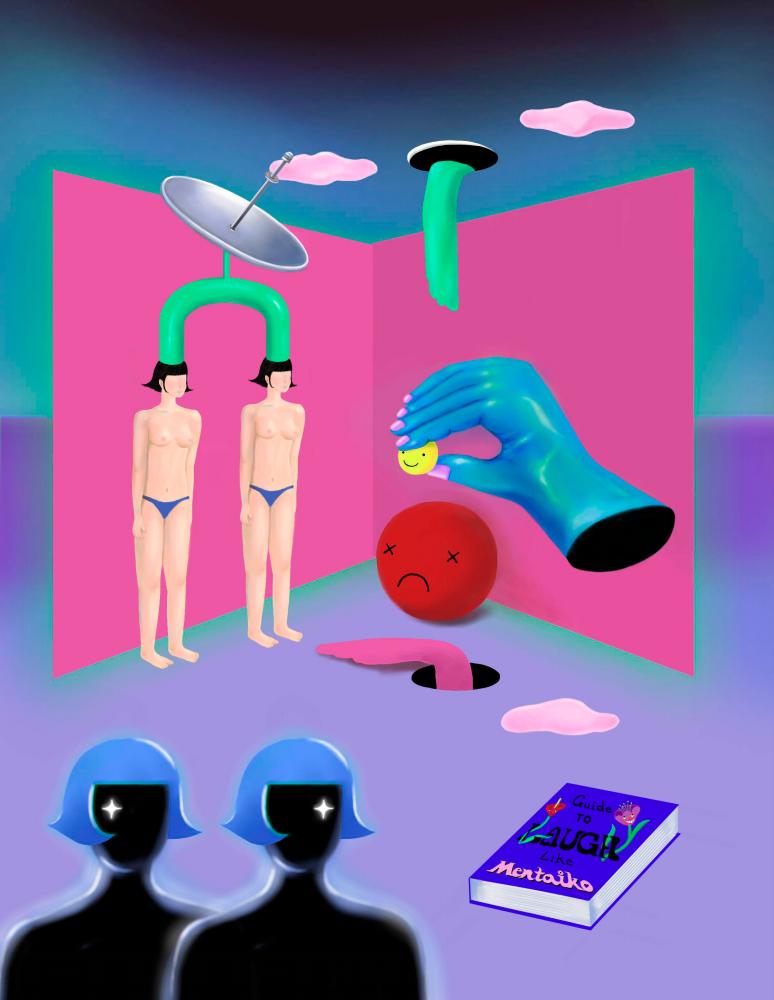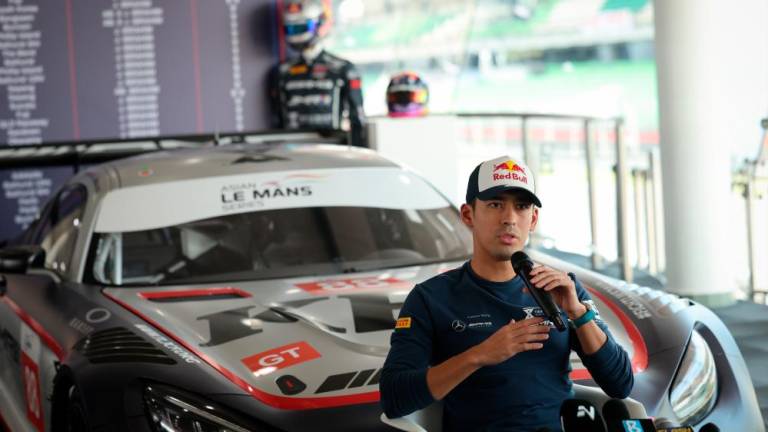SURREALIST artist Kexin Tan’s unnerving images grapple with the kaleidoscopic nature of reality and dreams, and render the subconscious, conscious.
The drama in Tan’s work is derived from the connection made between the Japanese philosophy of wabi-sabi (focusing on imperfections or incompletion) and the surrealist art movement.
While her work leaves room for multiple interpretations, hidden underneath are rather subversive narratives that evoke a sense of disbelief in reality and experiences.
They’re contemplative by nature and challenge the interpretation of an idea to show that it is riddled with logical defects and imperfections.
She shares: “I’m not particularly good when it comes to conversing, and art has always been a way for me to naturally express my emotions, feelings and thoughts.”
Perhaps many of the most important things we feel can never be neatly expressed in words, whether spoken or written, thus art became the conduit for Tan to instinctively express and even manage her emotions, as she let her imagination take the reins.
More recently, Tan’s strange, dreamlike illustrations have evolved into animated visuals featuring typical mythic images from her oeuvre: in one, a seesaw sits atop a pyramid, with an anthropomorphic mouse and a black-hooded, ghost-like figure on opposite ends; in another, two women are in-sync with a satellite, setting aside a book titled Guide To Laugh Like Mentaiko.
But what do they all mean? If the ghost were in a black cape instead of the classic white cape, is it still a ‘real’ ghost?
Tan’s complex surrealist mind begins with the observation of the heart, to liberate herself from captive thoughts. But the heart is abstract to imagine, let alone to observe.
I attempted to tap into Tan’s subconscious mind during our recent interview, to explore the concepts of wabi-sabi and surrealism in her work.
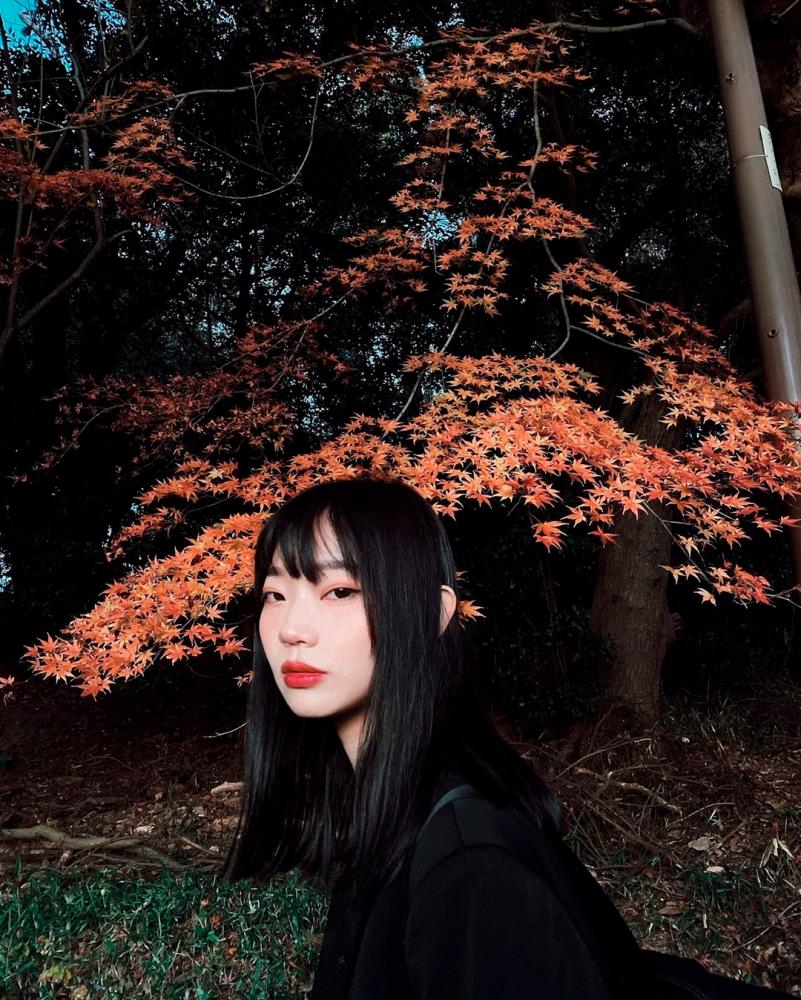
What do you tend to explore in your work?
“As art is a form of self-expressionism, therefore, I don’t necessarily think that I have to explore very specific themes; but I guess on a deeper level, I’m looking into discovering and achieving self-awareness, as well as a realisation of the universe.”
How did you first come upon wabi-sabi?
“I learned about it from Takeshi Ishikawa, one of the executive committee and judge of Unknown Asia. We had conversations about my work in which he mentioned what he had observed, saying that there’s a certain likeness of wabi-sabi in it, while explaining what the philosophy stands for and its significance for the Japanese people. The ideology got imprinted in me ever since.
“Wabi-sabi is a Japanese philosophy and worldview centred on the acceptance of imperfections and making the most of life. It describes the kind of beauty that is imperfect, impermanent and incomplete, that nothing lasts forever, nothing is finished and nothing is flawless.”
Your whimsical work juxtaposes enigmatic imagery of strange creatures with everyday objects. Can you describe how wabi-sabi principles come into play in your work?
“Our real-life and our imagination have an inseparable attachment, they may be different, but they live in the same parallel universe, so do all real things in the world that were once created with pure imagination.
“The concept of wabi-sabi in my illustration is to express the empty void of the world, its impermanence and imperfections in one way or another.”
Where do you draw the similarities between wabi-sabi and surrealism – one about accepting imperfections and the other about embracing unconscious desires?
“I find surrealism to be rather closely related to wabi-sabi; wabi-sabi comprises the concept of impermanence, and surrealism contains so-called unreal things.
“Surrealism has given me the idea to create not just metaphors, but it also goes to show that we can’t only see the world [just through] rationale and fact.
“Both wabi-sabi and surrealism revolve around the realisation of the inner-self and the reflection of the outer-self onto the universe.”
Could you tell us about your solo exhibition Memories Are Trapped and Kept (2019)? Where does it come from and how does it relate to your work?
“It’s inspired by the fleeting memories of people and moments that disappear like dreams, but which are still kept within our subconscious, and that may one day reappear in our lives in an uncanny feeling or form of déjà vu.
“We often forget about certain chapters or moments in our lives, but they would reappear when we recognise something familiar, reminding us of those forgotten memories.
“It is as if we are goldfish, always forgetting ... those memories are trapped in our minds subconsciously and kept forever.”
The exhibition reminded me of Sigmund Freud’s theory of psychoanalysis, to make the unconscious conscious. He also mentioned deja vu happens out of repressed desire or emotions. How do you liberate yourself from repressed thoughts?
“We’re living in a very physical and tactile world, the things that we’re unable to see, we will unconsciously assume and think that it isn’t the truth, but instead our imagination ... It limits our thoughts in this way.
“Our way of defining the truth has always been through making sense of the ‘rational’ and ‘fact’, but that may not be the real truth at all.
“We need to observe from the heart and soul in order to learn about realisation, only then, will we be able to break through the confinement of our thoughts.”



